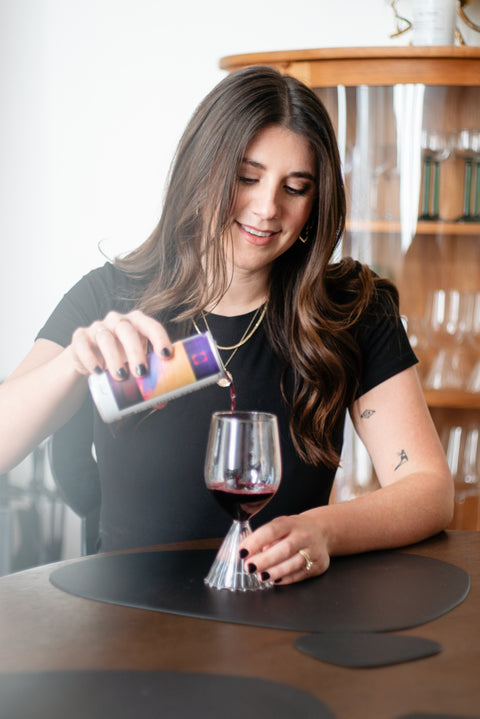
The world of wine can seem like an ever-confusing mix of jargon and terminology for newcomers. However, understanding a few key terms can elevate your wine knowledge and help you make more informed choices. Here are five essential wine terms and their definitions to get you started on your journey to becoming a wine connoisseur.
1. Terroir
Definition:
- A French term that refers to the unique combination of factors such as soil, climate, topography, and vineyard practices that contribute to the distinctive character of a wine.
Explanation:
- Terroir explains why wines from the same grape variety can taste vastly different when grown in different regions.
- It embodies the concept of "sense of place," highlighting how a vineyard's location impacts the flavor and aroma profile of the wine.
Example:
- The terroir of Burgundy, France, is renowned for producing some of the world's best Pinot Noir and Chardonnay wines due to its limestone-rich soil and cool climate.
2. Tannins
Definition:
- Naturally occurring compounds found in grape skins, seeds, and stems that give wine astringency and structure.
Explanation:
- Tannins are most prominent in red wines and contribute to the mouth-drying sensation and bitterness.
- They also act as a preservative, allowing wines to age gracefully.
Example:
- A young Cabernet Sauvignon may have strong, firm tannins, giving it a gripping and drying sensation, while an aged Merlot will have softer tannins, providing a smoother mouthfeel.
3. Malolactic Fermentation (MLF)
Definition:
- A secondary fermentation process in which tart malic acid is converted into softer lactic acid, resulting in a creamier and rounder mouthfeel.
Explanation:
- Common in red wines and some whites, particularly Chardonnay, to reduce sharp acidity.
- Wines undergoing malolactic fermentation often develop buttery or creamy flavors.
Example:
- A Napa Valley Chardonnay may have undergone MLF to achieve its rich, buttery flavor and creamy texture.
4. Sommelier
Definition:
- A trained wine professional responsible for wine service and recommendations in restaurants, hotels, and wine bars.
Explanation:
- Sommeliers are experts in wine tasting, wine pairing, and wine list curation.
- They often hold certifications from organizations like the Court of Master Sommeliers or the Wine & Spirit Education Trust.
Example:
- The sommelier recommended a crisp Sancerre to pair with the oysters, which enhanced the briny flavors beautifully.
5. Decanting
Definition:
- The process of transferring wine from its bottle into a decanter to separate sediment and aerate the wine.
Explanation:
- Sediment often forms in aged red wines, particularly vintage ports and older Bordeaux.
- Decanting also allows younger wines to breathe, opening up their aromas and flavors.
Example:
- The sommelier decanted the 2010 Bordeaux to remove sediment and let the wine’s flavors and aromas fully develop before serving.
Learning these essential wine terms will deepen your understanding and appreciation of the world of wine. So, the next time you enjoy a glass, you'll be able to identify the tannins, appreciate the terroir, and know exactly why that buttery Chardonnay tastes so good.




